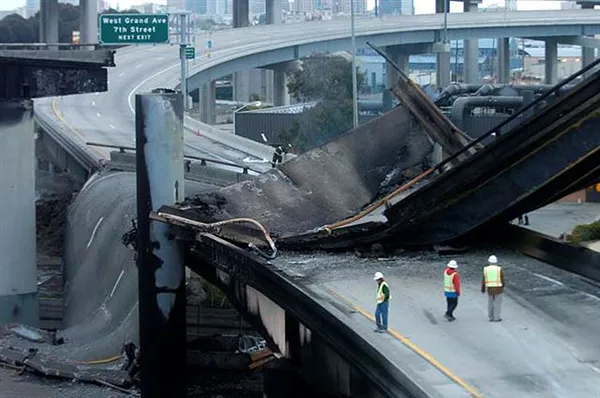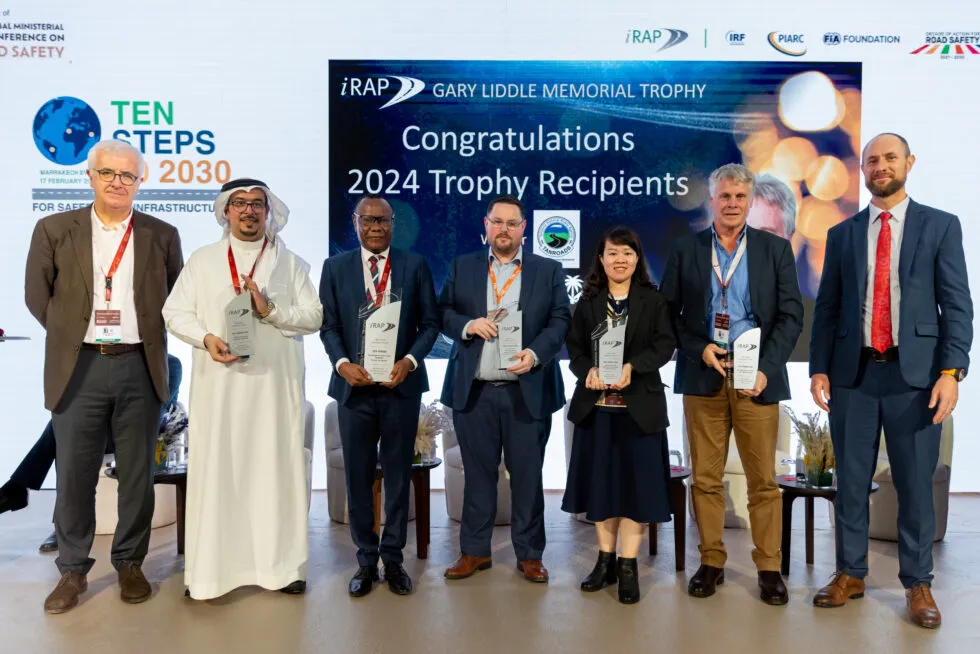The American Road & Transportation Builders Association (ARTBA) Foundation’s Lanford Family Highway Worker Memorial Scholarship Programme is to receive a major financial contribution from the 3M Traffic Safety and Security Division. This programme provides post-high school financial assistance to the children of highway workers who have been killed or permanently disabled in the line of duty. The scholarship programme was originally launched in October 1999 through a gift from the families of past ARTBA cha
February 28, 2013
Read time: 2 mins
The American Road & Transportation Builders Association (ARTBA) Foundation’s Lanford Family Highway Worker Memorial Scholarship Programme is to receive a major financial contribution from the 152 3M Traffic Safety and Security Division. This programme provides post-high school financial assistance to the children of highway workers who have been killed or permanently disabled in the line of duty. The scholarship programme was originally launched in October 1999 through a gift from the families of past ARTBA chairmen Jack (1991) and Stan (1999) Lanford of Roanoke, Virginia. Today, it is supported by contributions from highway construction industry executives and firms, and labor organisations and has helped many young adults pursue post-secondary education. From March 2 through the end of National Work Zone Awareness Week April 19, a portion of sales from the company’s 3M Diamond Grade Fluorescent Orange Reflective Sheeting will go to the ARTBA scholarship fund. The donation is part of the 3M Visibly Safer Work Zones Project. “Our goal with the project is to support industry programs that aid the children and dependents of construction workers who paid the ultimate price while building and maintaining our nation’s roads,” said John Houle, ARTBA vice chairman at-large and vice president and general manager of 3M’s Traffic Safety and Security Division in Minneapolis. “National Work Zone Awareness Week reminds us of the dangers of work zones and 3M’s commitment to improving safety for workers and motorists. We hope our customers will participate with us on this project and help to maximise our contributions.”









